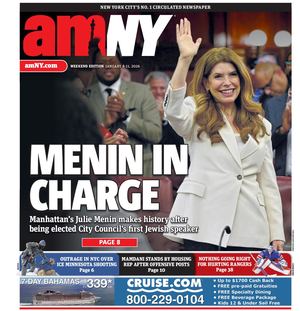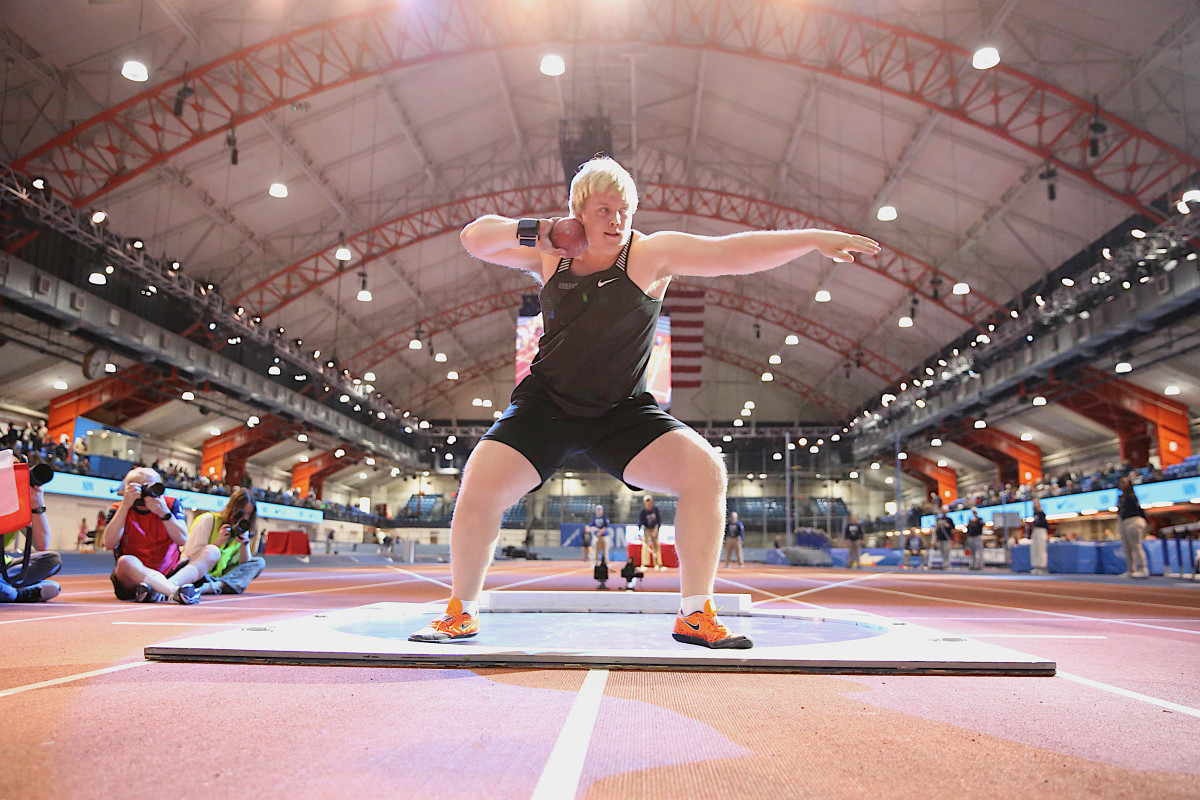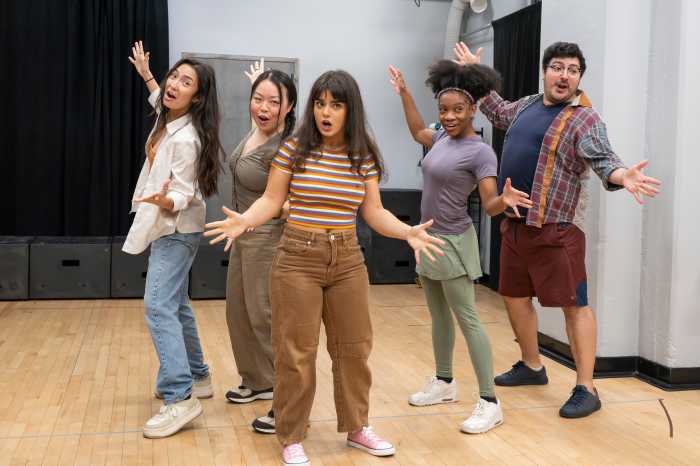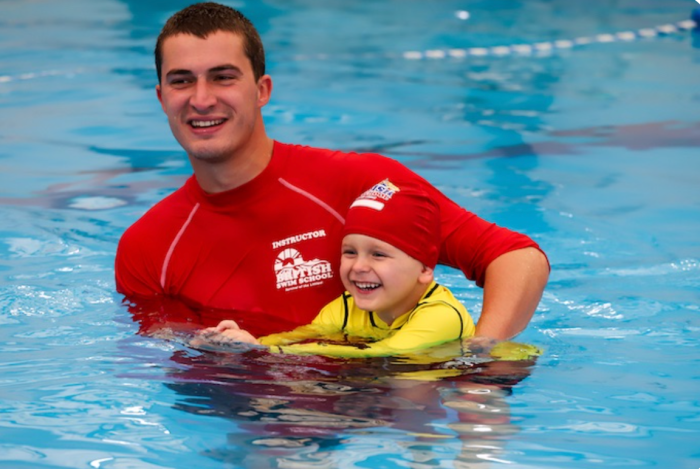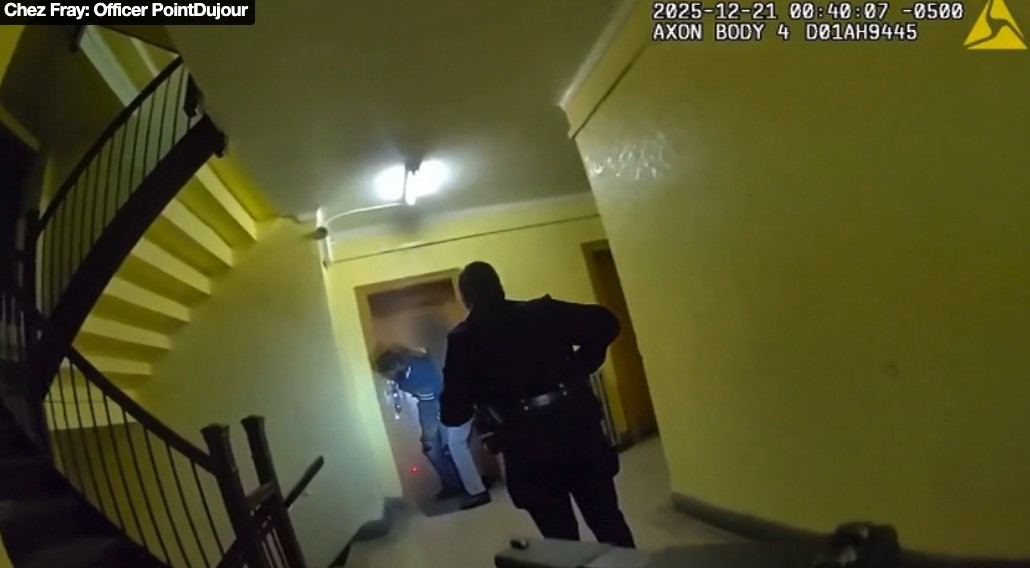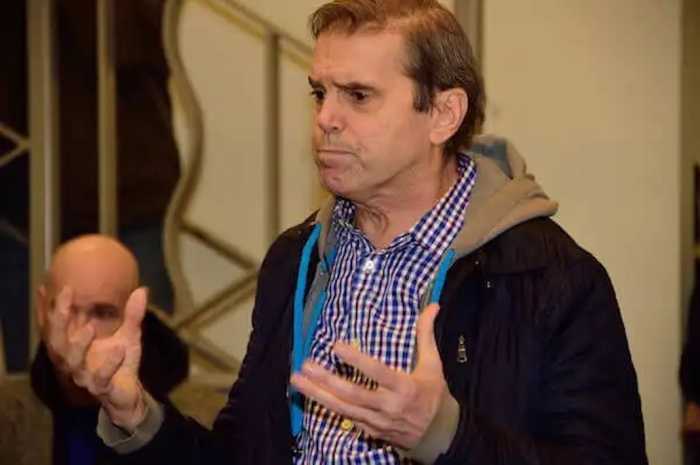In New York City’s Washington Heights neighborhood, The Armory has withstood the test of time. The wartime structure, once home to the New York State militia, is now a track and field cathedral, where youth and seniors alike come to learn and play.
The original wooden floor still sits beneath the track, recognized as one of the fastest on Earth. More than 100 track and field competitions are held here each year. More than 57 high school and 13 professional American records have been set here. More than 220,000 athletes, many from New York City, walk through its doors each year. It’s home to the National Track and Field Hall of Fame.
“When those young athletes come here and know that they’re running on the same track and jumping at the same facility and throwing at the same facility as these world record holders and these current Olympians and these past Olympians,” said The Armory Foundation co-president Jonathan Schindel. “It’s a special experience for them.
“It’s sort of, as a kid growing up as a basketball fan, walking into Madison Square Garden, knowing that Walt Frazier and Dave DeBusschere all played there.”
amNewYork spent an afternoon at The Armory. We toured the facility and spoke with the organization’s co-presidents, Schindel and Rita Finkel, about The Armory’s evolution from a military facility to homeless shelter and to the hallowed track and field ground it is today.
The Armory’s military past

People have been running at The Armory for more than a century.
The present-day banked track sits on top of the state military’s former drill floor. It was once home to its tanks. Its troops trained here. By the edges of the track, the original floor is still visible.
“The person in charge,” Schindel said, “The lieutenant, I guess, wanted his troops to get a little bit of exercise, so he painted some lines on the wooden floor.”
The facility became a homeless shelter in the 1980s, Finkel added. The city eventually bought the building from the state. In the early 1990s, Dr. Norbert Sander, the late founder of The Armory Foundation, had a vision. Track and field had changed his life. He sought to change the lives of others, particularly the youth, through fitness and education.
The Armory is also known as “The House that Doc Built.”
“When the state mandated that you couldn’t have 2,000 people under one roof,” Finkel said, “The city bought the building from the state for about $1. They said, ‘What shall we do with it?’ Dr. Sander stood up. He was a medical doctor, a sports doctor, and he considered Track and Field the Savior in his life, and prompted him to go to medical school.
“He went to Mayor [David] Dinkins and said, ‘Please give me the keys to The Armory. I won’t ask you for any funding, just give me the keys.’ Mayor Dinkins, on one of his last days in office, gave Dr. Sander the keys.”
How track leads to academic success
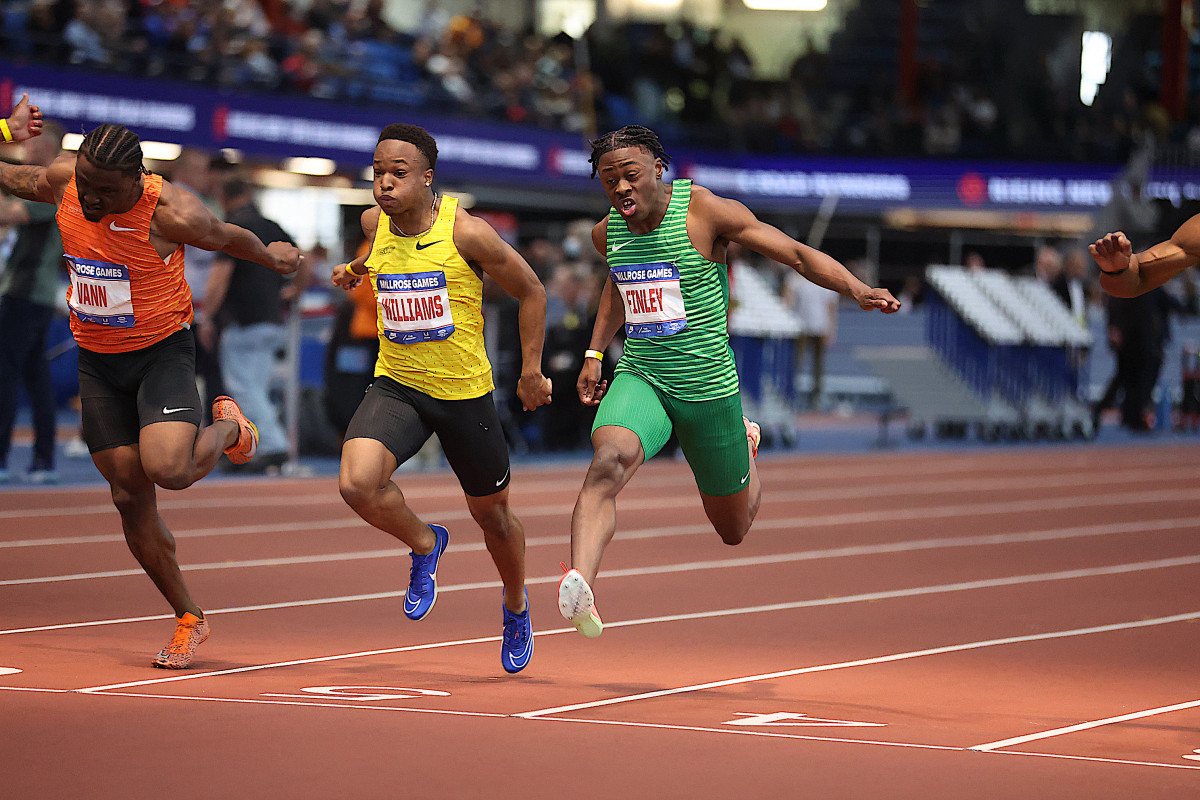
The foundation considers track and field — in particular, running — good for students and the sport with the lowest barrier of entry. All you need is a pair of shoes.
“It’s an incredibly accessible sport,” Schindel said. “The cost to begin to participate in track and field is a fraction of every other sport.”
This is partly what makes The Armory so successful. It’s a nonprofit. In addition to the 100-plus competitions held here annually, the foundation runs a number of after-school educational programs for elementary, middle, and high school students in Upper Manhattan and the South Bronx.
The Armory College Prep High School Program is one of these. For eight years in a row, 100% of the program’s participants have been accepted into four-year colleges — many receiving financial aid.
In the summer, they spend the entire day, from 9 a.m. to 4 p.m., polishing their skills, visiting colleges, and preparing for the Summer Showcase, a theater presentation in front of friends and families.
The Armory’s programs all emphasize staying active. The middle school program, Finkel said, is focused on robotics and technology during the school year and screen-free in the summer. The students also try other sports like fencing, rock climbing, pickleball, and sailing.
“We don’t bring them in and make them do homework right away,” Finkel said. “We have them run, jump and throw and giggle.”
Making a difference with youth and the community
When you think about The Armory, you think of track and field.
The Armory has hosted the Millrose Games each February since 2012. The games took place at Madison Square Garden for nearly 100 years.
The facility is also home to track meets and athletic programs for participants from six to 96 years old, Schindel said. It hosts several community events, including early voting and Halloween events. Several paid events, like the New York State Bar Examination, fashion shows, and corporate events, help fund the foundation’s programs.
Like any multipurpose facility, there’s always something happening at The Armory.
“We are bursting at the seams,” Schindel said, “Which is great.”
One benefit of The Armory’s packed schedule is that the facility has become an economic engine for Upper Manhattan, attracting athletes from all over the tri-state area — and beyond.
“If you look at the people who come to the armory,” Schindel said, “Yes, it’s hyper local, a lot of youth from the local community, but then it’s the tri-state area. We have many track meets that attract people from New Jersey, Long Island, Connecticut, and a whole large number of track meets where they come from Maine down to the Carolinas and out west to Ohio.”
Other competitions, like the Nike Indoor Nationals, attract athletes from all 50 states.
Preserving history while building for the future
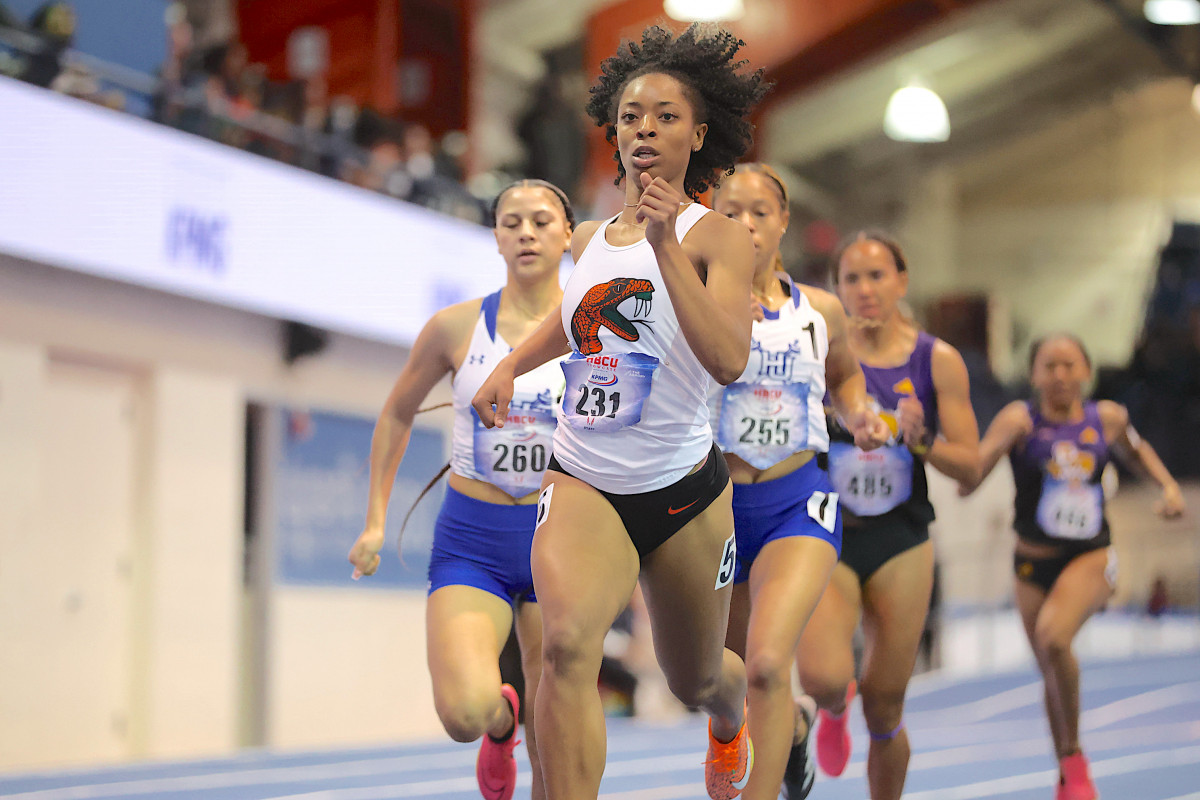
The Armory combines historic infrastructure with modern technology, comparable to Fenway Park and Wrigley Field, which were built around the same time but still stand today. Their longevity is buoyed by nostalgia and necessary upgrades.
“We have these old Fenway Park Wrigley Field type seating that Rita and I have interspersed with the most high-tech, modern equipment that is available,” Schindel said. “From our LED boards — Daktronics is a great partner of ours, and they are state of the art — to our new sound system, to the timing room, and our AV room. We try to mesh the history that’s here, not overwhelm it, but mesh it with modern technology.”
There is the Stan Saplin Media Center, named after the longtime announcer at Madison Square Garden who died in 2002.
“When he passed away,” Finkel explained, “His family came to The Armory and said, ‘Stan’s favorite sport to call at MSG was track and field. Is there something we can do in The Armory?’ And Dr. Sander said, ‘Yes, we’ll build a media center and we’ll name it for Stan.’”
When Dr. Sander, The Armory’s founder, died in 2017, the foundation added memorabilia of him and the building to the media center.
One million miles are run on The Armory’s track each year, Finkel estimated. Every five years, the track needs to be replaced. As the track gets busier, it’ll need to be replaced more frequently — last year, more people trained and competed on the track than ever before. For 31 years, the track was red. A blue one was recently installed. On the third level, two original gates from The Armory had recently been dipped and re-bronzed.
“Every summer,” Finkel said, “We sit and look at each other and say, ‘What can we do to surprise and charm the students who are coming back, the adults, the seniors, when they come back in the fall?’”
This summer, Schindel added, the foundation plans to add custom pacing lights around the track, which will both guide the athletes and add to the entertainment value during events like the Millrose Games.
Few sports facilities carry the same amount of history and records as The Armory, and its legend continues to grow with each competition it hosts.
